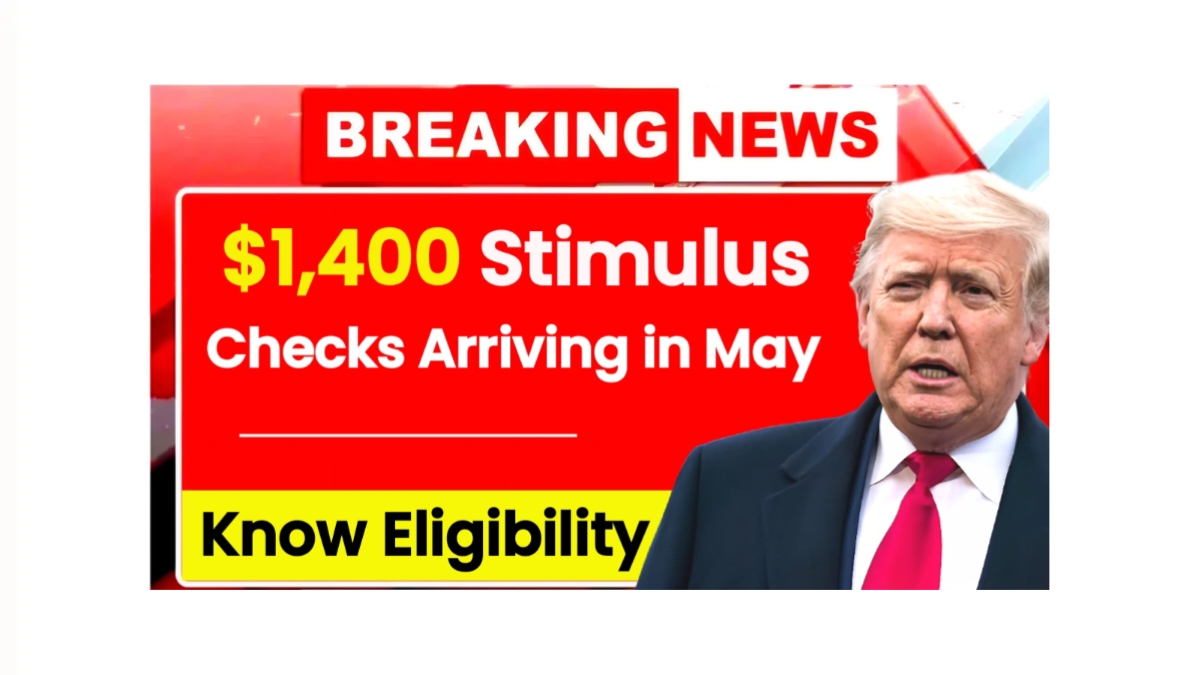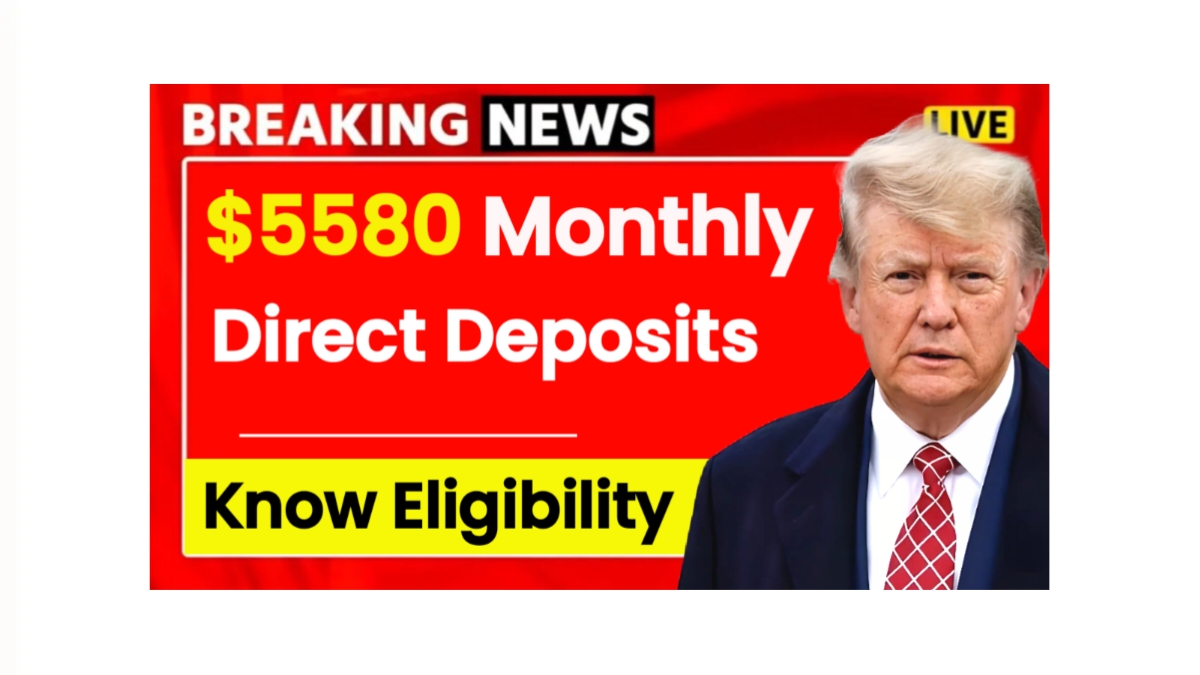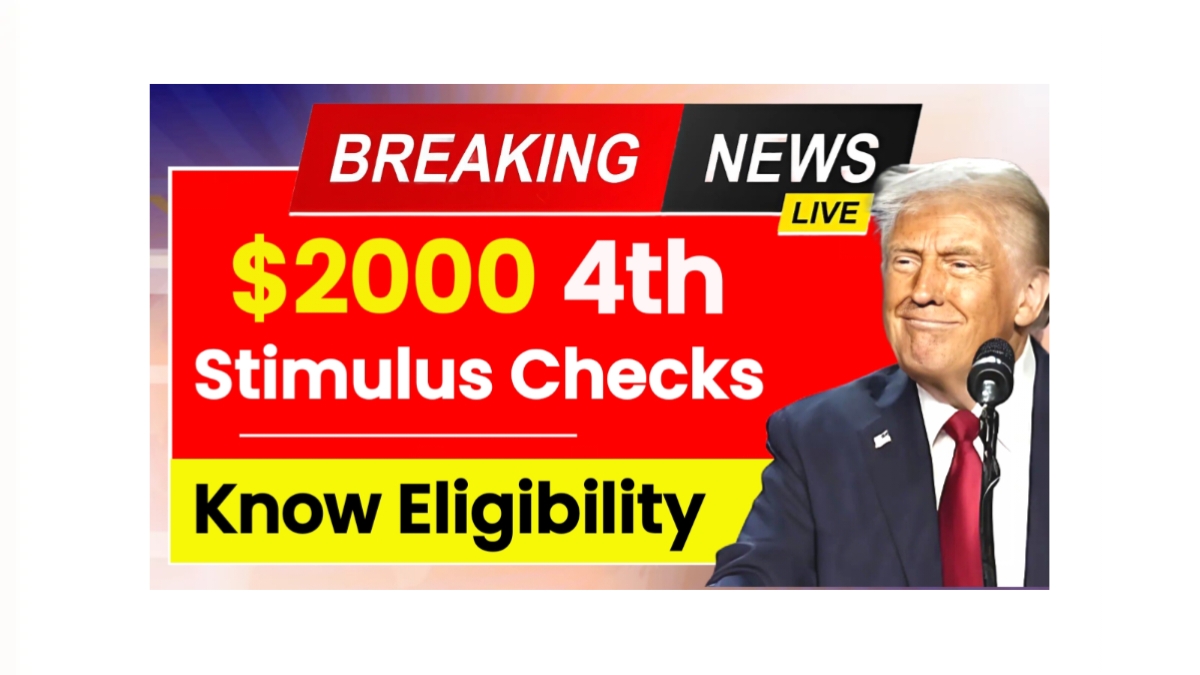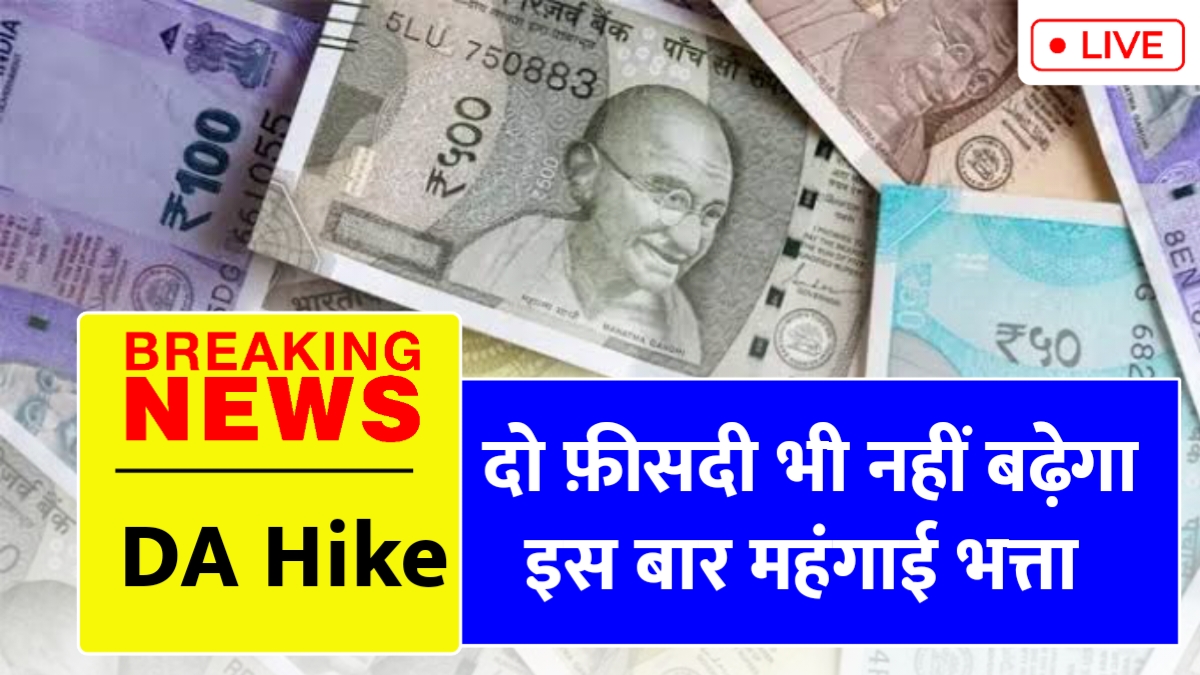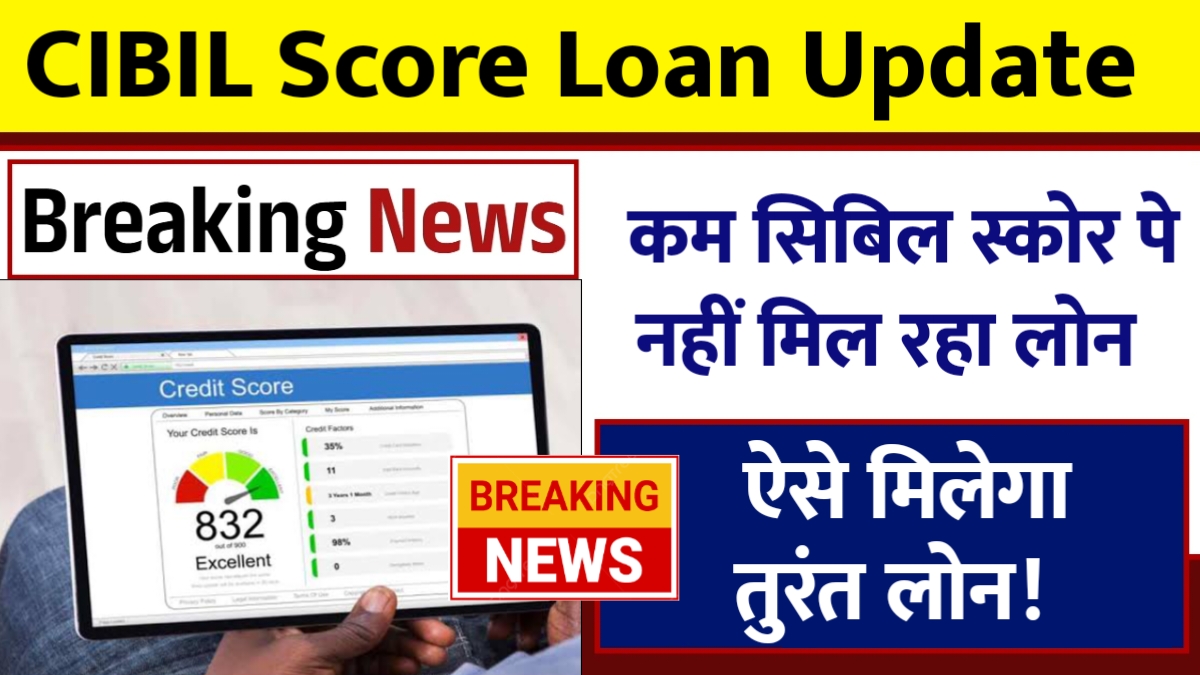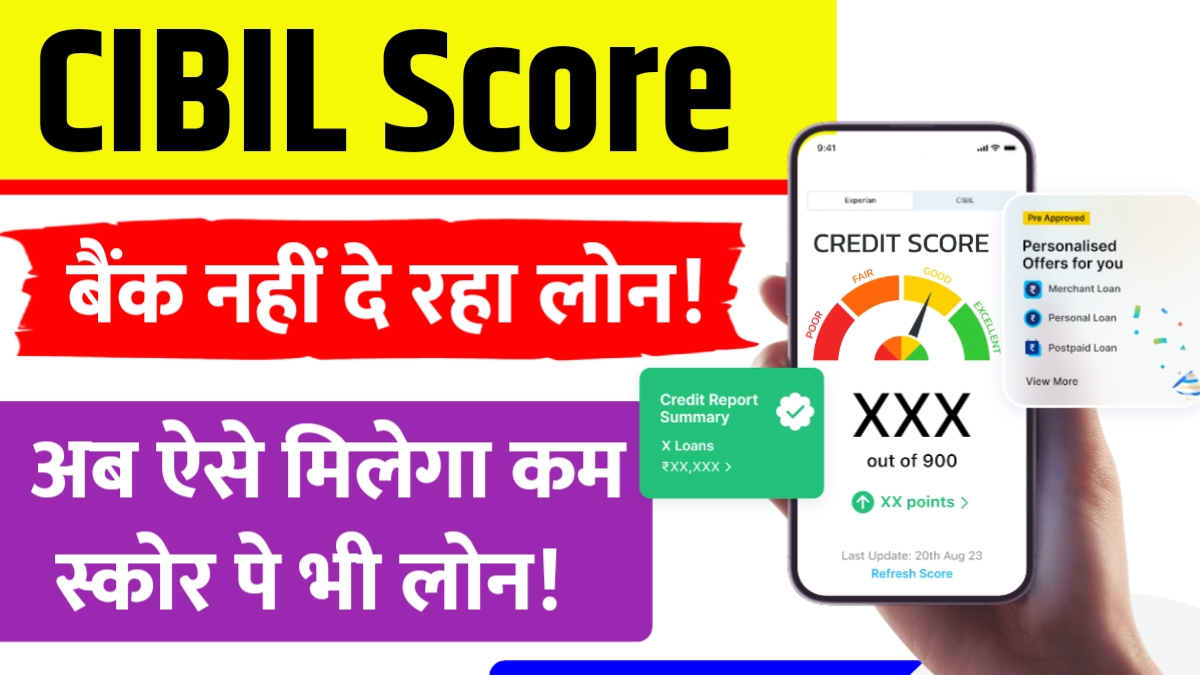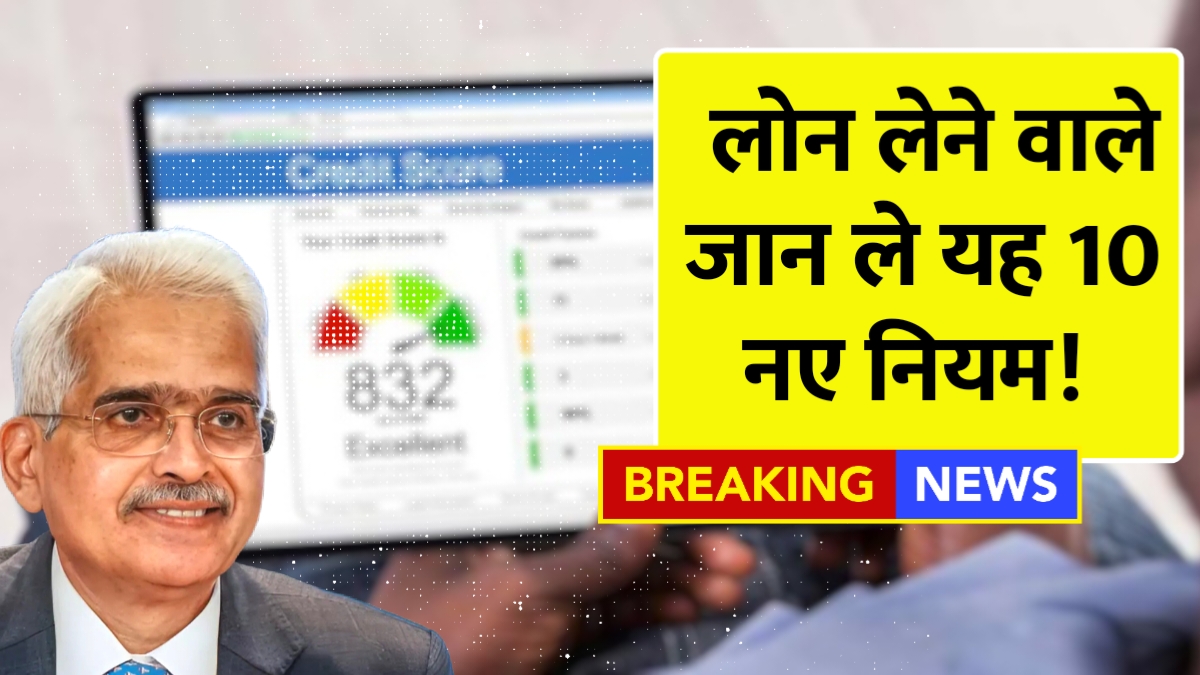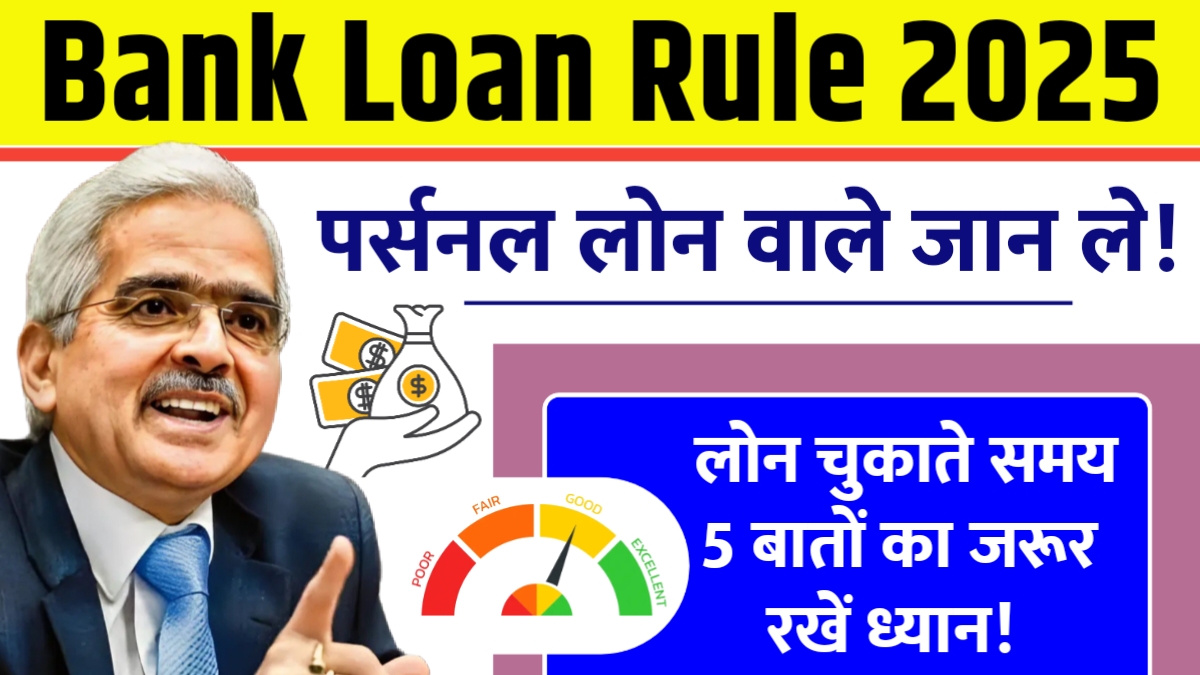Many Americans could soon receive a welcome financial boost of $1,400 this May, but it’s important to understand that this isn’t a new stimulus program. These payments represent a final opportunity to claim the third-round stimulus checks originally issued under the American Rescue Plan in 2021. Nearly one million eligible citizens either missed their payment entirely or received only a partial amount due to various circumstances like filing delays, address changes, or misunderstandings about eligibility. With inflation continuing to impact household budgets, these unclaimed funds could provide meaningful relief for many families who missed out initially.
Who Qualifies for This Payment
Eligibility for this $1,400 payment is based on the original 2021 requirements, as this is specifically for people claiming a missed payment rather than a new distribution. The key income thresholds remain unchanged: single filers with an Adjusted Gross Income (AGI) up to $75,000, heads of households with AGI up to $112,500, and married couples filing jointly with AGI up to $150,000 can receive the full amount. The payment gradually decreases for those with higher incomes and phases out completely at $80,000 for singles, $120,000 for heads of households, and $160,000 for married couples. Additional requirements include being a U.S. citizen or legal resident with a valid Social Security number and not being claimed as a dependent on another person’s tax return.
How to Claim Your Missed Payment
If you haven’t already filed your 2021 tax return, there’s still time to claim this payment by taking specific actions now. First and most importantly, you must file a 2021 tax return with the IRS, even if you had no income that year. When completing Form 1040, pay special attention to the Recovery Rebate Credit section, which will determine what you’re still owed. For faster processing, consider filing electronically and providing direct deposit information. Double-check all your information to avoid errors that might delay your payment, ensuring that your Social Security number, banking details, and mailing address are accurate and current.
Payment Timeline and Methods
Once you’ve submitted your return and the IRS has reviewed it, most qualifying individuals can expect to receive their payment within four to six weeks. Those who file by mid-May 2025 should reasonably expect their funds before the end of June. The IRS offers two payment methods: direct deposit, which is the fastest option and sends money directly to your bank account, or a paper check mailed to your address on file if you don’t provide banking information. To track your refund after filing, visit the official IRS website and use the “Where’s My Refund?” tool to monitor its status.
Common Mistakes to Avoid
Several simple errors can delay or prevent your payment entirely. Make sure you’re filing specifically for the 2021 tax year, as returns from other years won’t qualify for this Recovery Rebate Credit. Don’t skip the rebate section on your tax form – if it’s left blank, the IRS won’t issue your payment. Verify that all Social Security numbers on your return are correct and valid, as mistakes here frequently cause problems. Finally, ensure all your contact and banking information is current to prevent unnecessary delays in receiving your funds.
Zero Income Doesn’t Mean Zero Eligibility
A common misconception that prevents many people from claiming their stimulus is the belief that they don’t qualify if they had no income in 2021. In reality, having zero income doesn’t disqualify you – you simply need to file a 2021 tax return. This includes retirees living on Social Security, college students without income, stay-at-home parents or caregivers, and anyone whose income fell below the usual filing threshold. Even with zero reported income, filing now could still result in receiving the full stimulus amount you’re entitled to.
Beware of Potential Scams
With any government payment program, scammers may try to take advantage of confusion or uncertainty. Protect yourself by remembering that the IRS will never call, text, or email requesting payment information. Only use the official IRS website (www.irs.gov) for information and filing. Never share your Social Security number or bank account information with unknown parties claiming to help you get your stimulus payment. If you encounter suspicious activity, report it immediately to the IRS at [email protected] to prevent others from becoming victims.
Act Now Before It’s Too Late
The $1,400 stimulus checks may have originated as part of a 2021 relief effort, but May 2025 represents what could be your final opportunity to claim these funds. If you or someone you know missed out on this payment the first time around, taking action now could result in a significant financial boost within the next few weeks. With rising costs affecting households across America, this unclaimed money could provide meaningful relief – but only if you complete the necessary steps while this final claiming window remains open.
